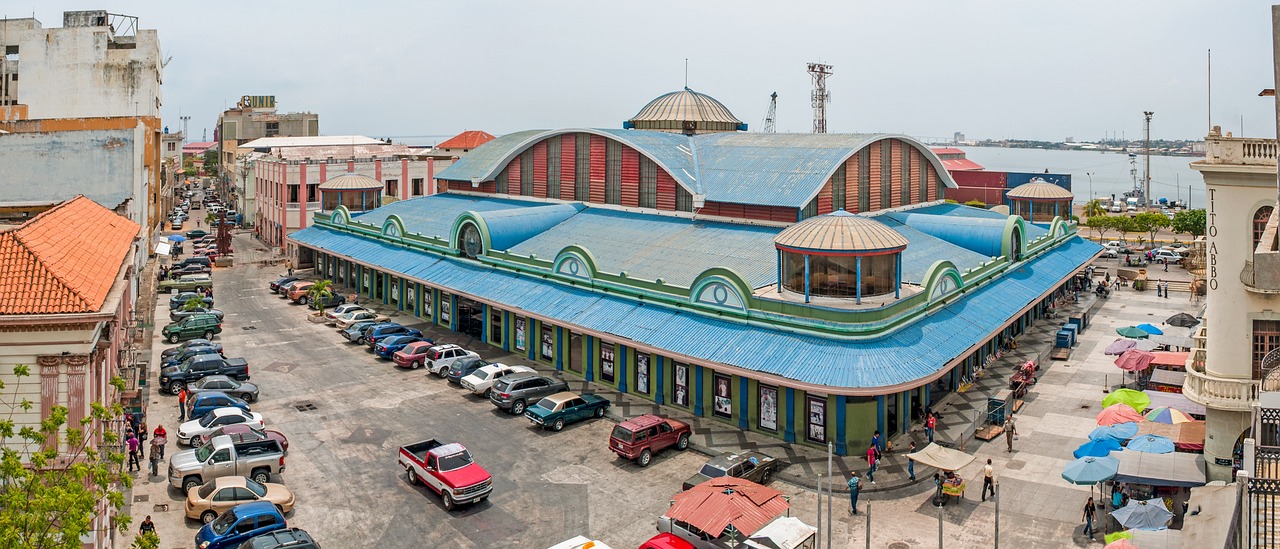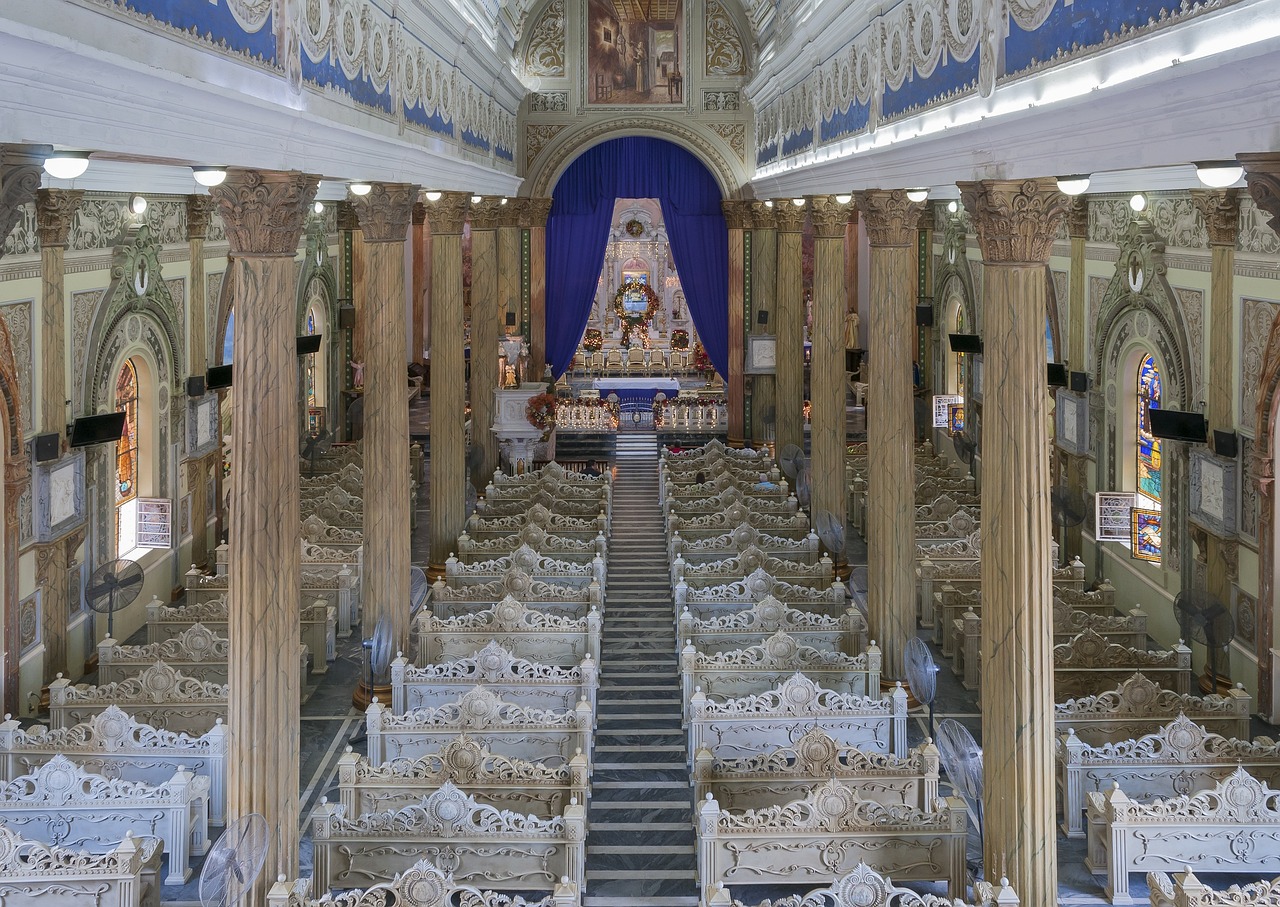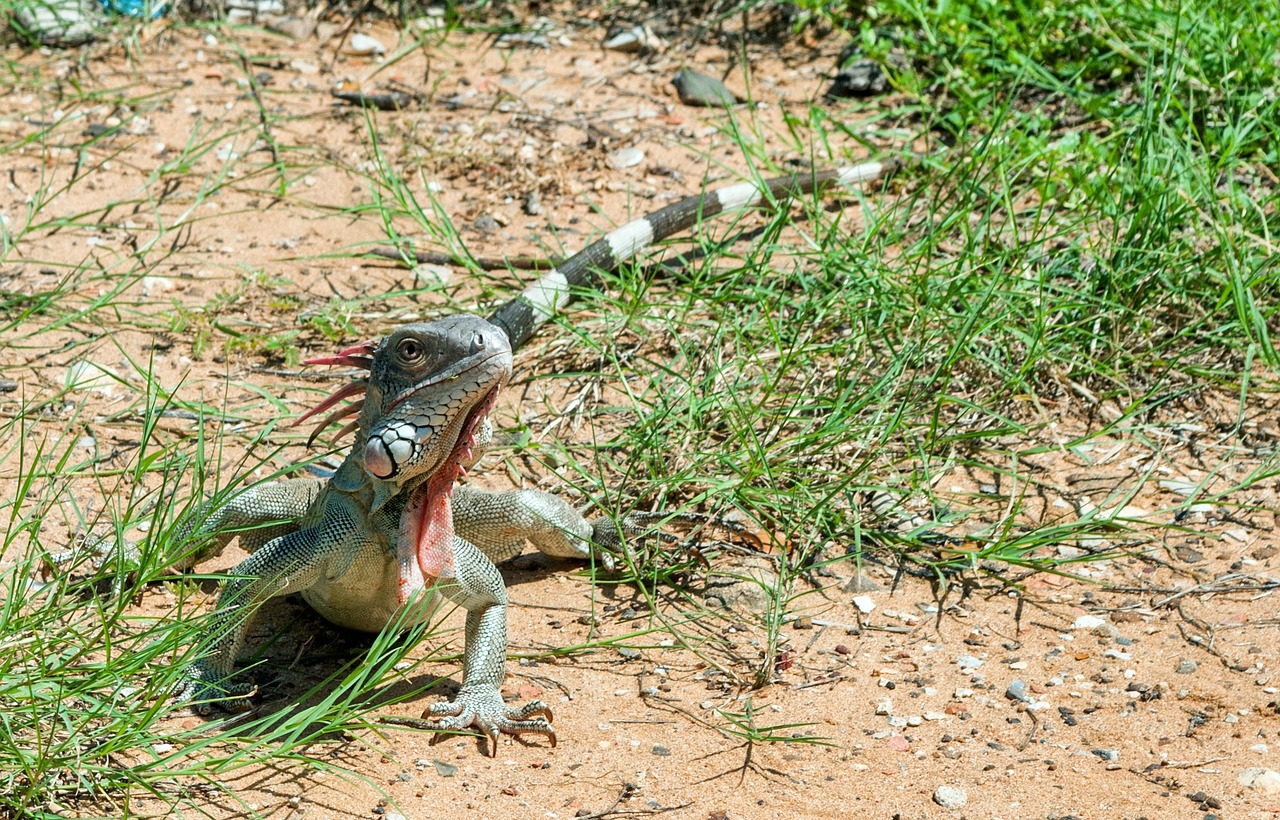Venezuela Video
Exploring Local Arts and Hobbies in Venezuela
Venezuela, located on the northern coast of South America, is a country rich in cultural heritage, vibrant arts, and diverse hobbies. From traditional crafts to contemporary art exhibitions, Venezuela offers a wide range of opportunities for locals and tourists alike to explore and immerse themselves in its artistic and creative scene. In this article, we will delve into various aspects of local arts and hobbies in Venezuela, highlighting key attractions and experiences that showcase the country’s unique cultural identity.
Venezuela Image 1:

Section 1: Traditional Crafts
Venezuela is renowned for its rich tradition of crafting exquisite handmade items that reflect the country’s cultural diversity. Local artisans skillfully create unique pieces using traditional techniques passed down through generations. Here are some traditional crafts to explore:
- Artesanía Wayuu: The Wayuu people, an indigenous group in Venezuela, are known for their vibrant weaving techniques. Their intricate mochilas (handbags) and hammocks are highly sought after for their colorful designs and craftsmanship.
- Arpa Llanera: The harp is an iconic instrument in Venezuelan folk music. The craftsmanship involved in making an arpa llanera is meticulous, with artisans carefully shaping and carving the wood to create a harmonious and visually appealing instrument.
- Carved Santos: Santos, or religious figures, are intricately carved wooden statues representing saints. These religious artifacts are often adorned with vibrant paint and serve as both decorative and spiritual objects.
Section 2: Contemporary Art Scene
Venezuela’s contemporary art scene is thriving, with numerous galleries and art spaces showcasing the works of talented local artists. From paintings and sculptures to multimedia installations, there is a wide range of artistic expressions to discover. Here are some key highlights:
- Museo de Arte Contemporáneo de Caracas: Located in Caracas, this museum is dedicated to contemporary art and hosts exhibitions featuring both Venezuelan and international artists. It offers a diverse collection that represents different artistic movements and styles.
- El Hatillo Art Walk: The charming neighborhood of El Hatillo in Caracas is known for its vibrant art scene. Stroll through its streets and discover numerous art galleries, showcasing the works of emerging and established Venezuelan artists.
- Art Festivals: Throughout the year, Venezuela hosts various art festivals, such as the International Festival of Contemporary Art (FIAC) and the International Theater Festival of Caracas (FITCCS). These events bring together artists from different disciplines, offering a comprehensive showcase of the country’s artistic talent.
Venezuela Image 2:

Section 3: Music and Dance
Music and dance play a significant role in Venezuelan culture, with various genres and styles reflecting the country’s diverse heritage. From traditional folk music to contemporary beats, here are some notable music and dance forms to explore:
- Joropo: Joropo is a traditional Venezuelan music and dance style originating from the plains. It combines lively rhythms, intricate footwork, and the use of instruments like the cuatro (a small guitar) and maracas. The Festival Internacional de Joropo in Barinas is a great opportunity to experience this vibrant art form.
- Salsa: Salsa has a strong presence in Venezuela, with numerous dance schools and clubs offering classes and social events. Joining a salsa class or attending a lively salsa night can be a fun way to immerse yourself in the local dance culture.
- Traditional Drumming: Afro-Venezuelan drumming traditions, such as the Tambores de San Juan, are an integral part of the country’s cultural heritage. These rhythmic performances showcase the African influence in Venezuelan music and offer a unique and immersive experience.
Section 4: Culinary Arts
Venezuelan cuisine is a delightful fusion of indigenous, African, and European flavors. Exploring the culinary arts in Venezuela will introduce you to a diverse range of dishes and culinary traditions. Here are some must-try Venezuelan delicacies:
- Arepas: Arepas are a staple in Venezuelan cuisine. These round cornmeal patties are filled with various ingredients such as cheese, meat, or beans, and are often enjoyed as a breakfast or lunch option.
- Pabellón Criollo: Pabellón Criollo is a traditional Venezuelan dish consisting of shredded beef, black beans, rice, and fried plantains. It is considered the national dish of Venezuela and is a flavorful representation of the country’s culinary heritage.
- Tres Leches Cake: Tres Leches Cake is a beloved dessert in Venezuela. This sponge cake is soaked in three types of milk (evaporated milk, condensed milk, and heavy cream) and topped with whipped cream. It is a sweet indulgence that will satisfy any dessert lover.
Venezuela Image 3:

Section 5: Handicraft Markets
Exploring handicraft markets in Venezuela is a great way to support local artisans and bring home unique souvenirs. These markets offer a wide array of handmade products, including textiles, jewelry, ceramics, and more. Here are some popular handicraft markets to visit:
- Los Roques Artisan Market: Located in the archipelago of Los Roques, this market showcases the craftsmanship of local artisans. Visitors can find a variety of handmade items, including seashell jewelry, woven baskets, and colorful textiles.
- El Mercado de los Conejeros: Situated in the historic city of Mérida, this market is known for its vibrant atmosphere and diverse range of handicrafts. From hand-painted ceramics to intricately woven textiles, there is something for every art enthusiast.
- El Hatillo Handicraft Market: The charming town of El Hatillo is home to a bustling handicraft market. Here, visitors can browse through stalls filled with traditional crafts, artwork, and unique handmade products.
Section 6: Street Art
Venezuela’s streets are adorned with vibrant murals and graffiti, showcasing the country’s urban art scene. Street art has become a powerful medium for social and political commentary, as well as a form of creative expression. Here are some notable street art destinations:
- El Callejón de los Rumberos: Located in the heart of Caracas, El Callejón de los Rumberos is a colorful alleyway adorned with vibrant street art. It serves as a hub for local artists and musicians, offering a lively atmosphere and a glimpse into Venezuela’s urban culture.
- La Candelaria Neighborhood: The La Candelaria neighborhood in Caracas is known for its bohemian vibe and vibrant street art. Take a stroll through its streets to admire the colorful murals and graffiti that adorn the walls.
- Puerto Cabello Mural Route: Puerto Cabello, a coastal city in Venezuela, features a mural route that showcases the works of local and international street artists. This outdoor gallery is a testament to the country’s thriving street art scene.
Section 7: Photography
Venezuela’s diverse landscapes and cultural heritage provide ample opportunities for photography enthusiasts. From breathtaking natural wonders to vibrant cityscapes, there is no shortage of subjects to capture. Here are some photography spots worth exploring:
- Angel Falls: Located in Canaima National Park, Angel Falls is the world’s highest uninterrupted waterfall. Capturing the majestic beauty of this natural wonder is a dream come true for any photographer.
- Los Llanos: The vast plains of Los Llanos offer stunning landscapes and abundant wildlife. Photographers can capture the unique beauty of the region, including its diverse flora and fauna.
- Old Town of Coro: The historic city of Coro, a UNESCO World Heritage site, is a treasure trove of colonial architecture and cultural heritage. Its narrow streets and colorful buildings provide an enchanting backdrop for photography.
Section 8: Traditional Festivals
Venezuela’s traditional festivals are a celebration of its cultural diversity and heritage. These vibrant events showcase traditional music, dance, costumes, and culinary delights. Here are some notable festivals to experience:
- Carnaval: Carnaval is one of the biggest and most festive celebrations in Venezuela. It takes place in various cities across the country and features colorful parades, music, dancing, and elaborate costumes.
- Feria de la Chinita: Held in Maracaibo, the Feria de la Chinita is a religious and cultural festival dedicated to the Virgin of Chiquinquirá, the patron saint of Zulia state. The festivities include processions, music, dancing, and traditional food.
- Fiesta de San Juan: The Fiesta de San Juan is a traditional celebration that takes place on June 24th in various coastal towns. It involves bonfires, music, dance, and rituals associated with the sea.
Section 9: Eco-Tourism
Venezuela’s natural beauty is a paradise for eco-tourism enthusiasts. The country is home to diverse ecosystems, including the Amazon rainforest, the Andes Mountains, and stunning Caribbean coastlines. Here are some eco-tourism attractions to explore:
- Canaima National Park: Canaima National Park is a UNESCO World Heritage site known for its stunning landscapes and tepuis (table-top mountains). Visitors can explore the park’s waterfalls, rivers, and unique flora and fauna.
- Mérida Cable Car: The Mérida Cable Car, also known as the Teleférico de Mérida, is the highest and longest cable car system in the world. It offers breathtaking views of the surrounding mountains and is a popular attraction for nature lovers.
- Mochima National Park: Mochima National Park is a coastal park characterized by pristine beaches, crystal-clear waters, and coral reefs. It is an ideal destination for snorkeling, scuba diving, and enjoying the beauty of Venezuela’s Caribbean coastline.
Venezuela Image 1:

Section 10: Theater and Performing Arts
Venezuela has a vibrant theater and performing arts scene, with numerous venues showcasing local and international productions. From traditional plays to contemporary dance performances, here are some notable theaters to visit:
- Teresa Carreño Cultural Complex: Located in Caracas, the Teresa Carreño Cultural Complex is one of the largest and most important cultural centers in Venezuela. It hosts a variety of performances, including theater, ballet, opera, and orchestra concerts.
- Ateneo de Caracas: The Ateneo de Caracas is a cultural institution that promotes literature, theater, and visual arts. It offers a diverse program of theatrical productions, workshops, and literary events.
- Teatro Baralt: Situated in Maracaibo, Teatro Baralt is a historic theater that hosts a wide range of performances, including plays, concerts, and dance shows. Its neoclassical architecture adds to the charm of the cultural experience.
Section 11: Literature and Poetry
Venezuela has a rich literary tradition, with renowned authors and poets contributing to the country’s literary heritage. Exploring Venezuelan literature and poetry provides insights into the country’s history, culture, and social issues. Here are some notable literary figures and works:
- Andrés Eloy Blanco: Andrés Eloy Blanco was a prominent Venezuelan poet and politician. His works, such as “Píntame angelitos negros” and “Canto a los esclavos del Caribe,” explore themes of racial inequality and social injustice.
- Arturo Uslar Pietri: Arturo Uslar Pietri was a Venezuelan writer and intellectual known for his novels, essays, and short stories. His works, including “Las lanzas coloradas” and “La visita en el tiempo,” provide a vivid portrayal of Venezuelan society and history.
- Rómulo Gallegos: Rómulo Gallegos was a Venezuelan novelist and politician. His novel “Doña Bárbara” is considered a classic of Venezuelan literature, depicting the struggle between civilization and wilderness in the Venezuelan plains.
Section 12: References
– Museo de Arte Contemporáneo de Caracas: mac-cdc.org
– International Festival of Contemporary Art (FIAC): fiac.com.ve
– International Theater Festival of Caracas (FITCCS): fitccs.com
– Los Roques Artisan Market: losroques.com
– El Mercado de los Conejeros: merida.travel
– El Hatillo Handicraft Market: elhatillo.travel
– Canaima National Park: whc.unesco.org
– Mérida Cable Car: telefericodemerida.travel
– Mochima National Park: mochima.travel
– Teresa Carreño Cultural Complex: teatroteresacarreno.gob.ve
– Ateneo de Caracas: ateneodecaracas.com
– Teatro Baralt: teatrobaralt.org
– Andrés Eloy Blanco: poetryfoundation.org
– Arturo Uslar Pietri: uslarpietri.org
– Rómulo Gallegos: rgallegos.com
Please note that the information provided in this article is derived from various sources and should be verified independently for accuracy and up-to-date details.


